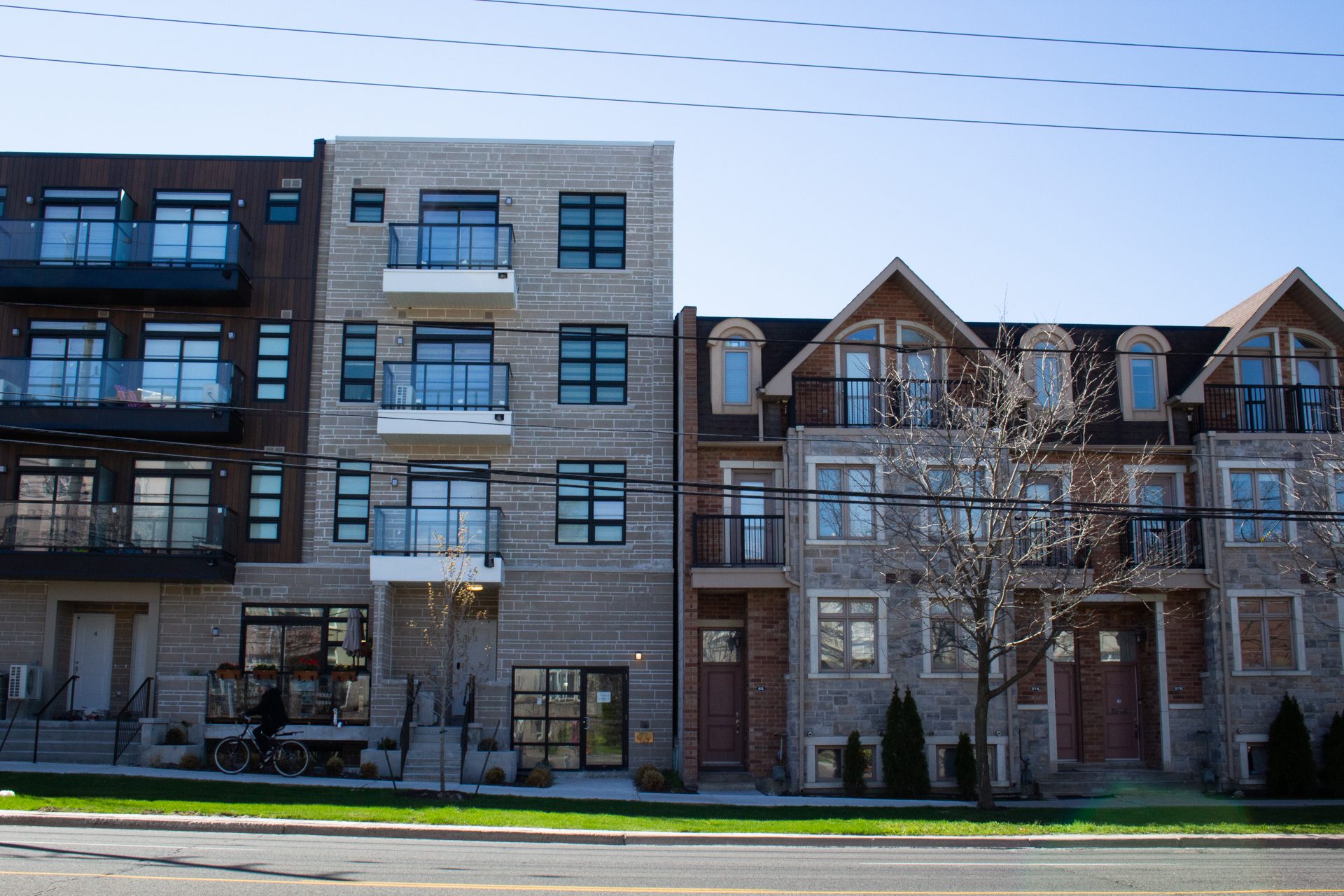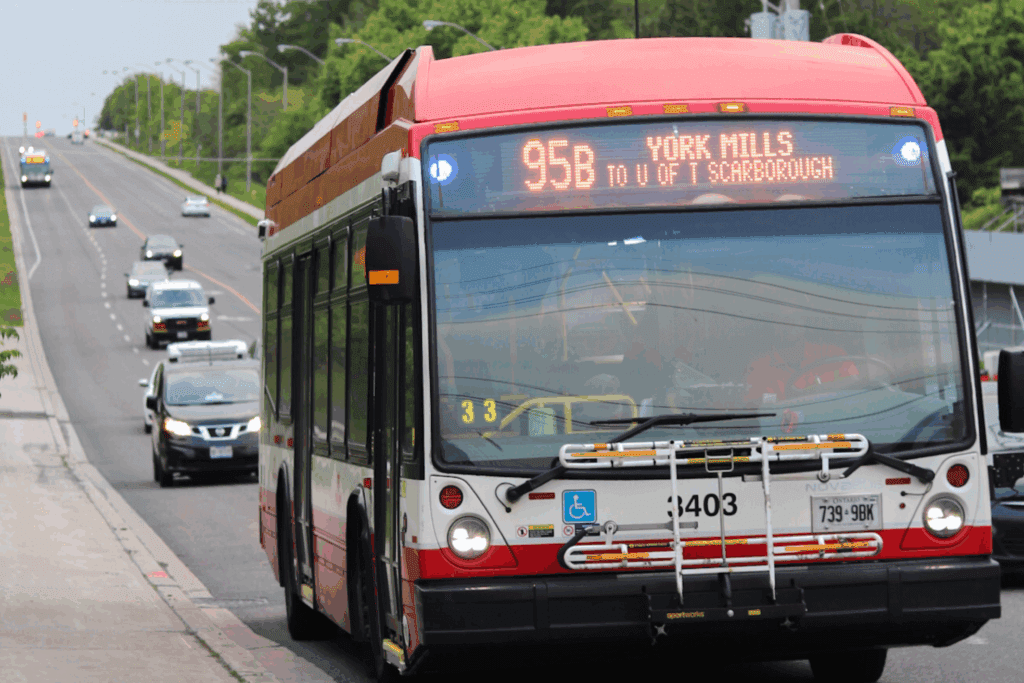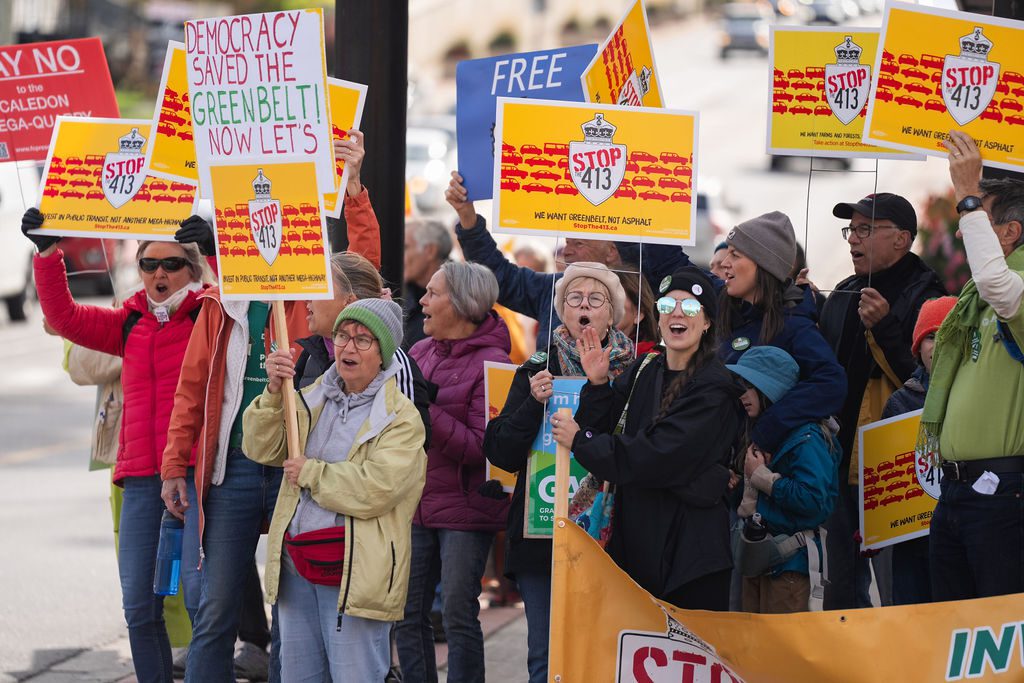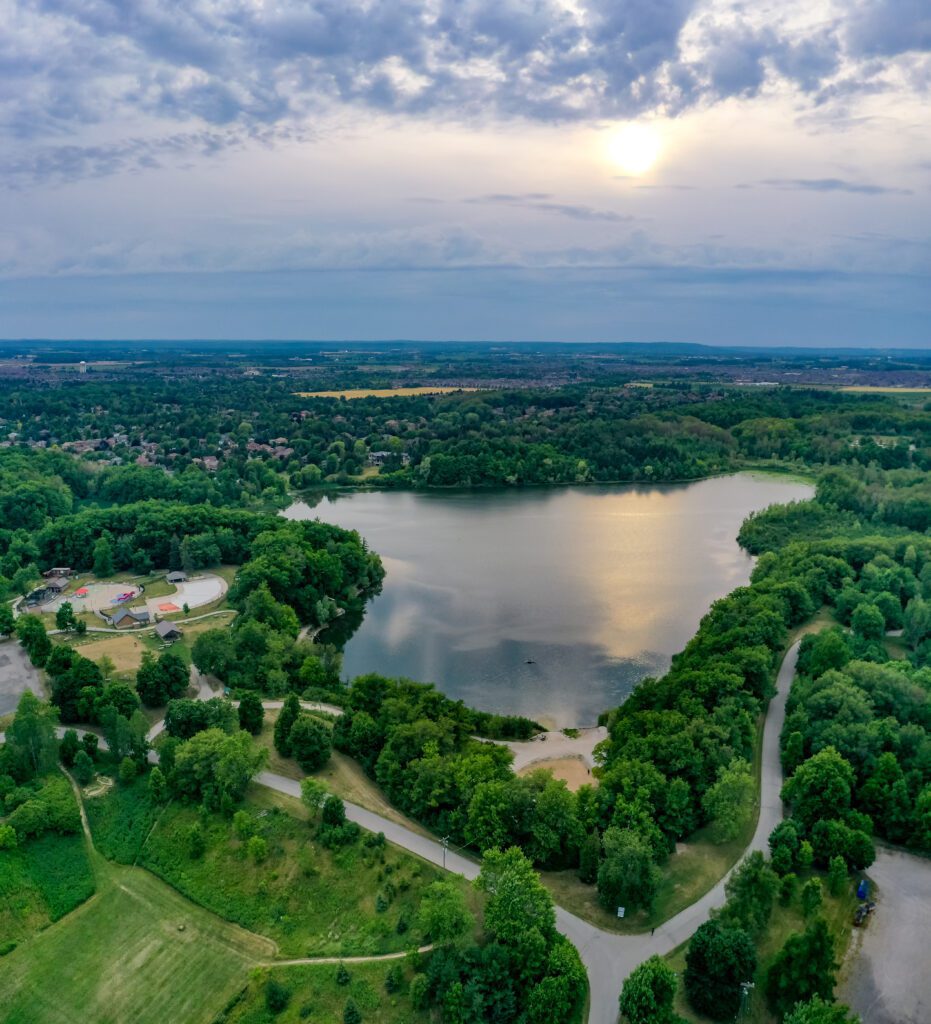Sprawl has got to stop, and this fall’s municipal elections are your chance to make it stop.
Earlier this year, the Town Council of a wealthy suburb snagged media headlines – and sparked a well-earned social media pile-on – when they attempted to dodge a state law legalizing compact housing on wasteful low-density residential lots, by declaring its entire expanse of lawns, driveways and manicured hedges “mountain lion habitat”.
While that incident – which happened in California – stands out a little for its brazenness, it is no different in substance from what happens every week in Toronto, Ottawa, the GTHA, and throughout southern Ontario. For too long, municipal politicians favored by suburban sprawl developers have been obstructing the rapid transformation of post World War II suburbs into walkable, public transit friendly communities that’s required to protect Ontario’s environment, by cynically mislabeling “NIMBY” aesthetic preferences as environmental concerns.
Most of us now understand that the creation of new car-dependent sprawl and suburban mega highways are an environmental disaster. It bulldozes Canada’s best farmland (which is concentrated in the most populated parts of Ontario), destroys the habitat value of the slivers of wetland and forest left behind, and locks in decades of car dependency that is incompatible with preventing runaway climate change.
The part of the message that’s taking longer to sink in is that radically overhauling our existing suburbs is also absolutely vital to protecting Ontario’s environment. Outside of very rare exceptions (such as flood plains where even existing homes may need to be removed) the damage caused by keeping residential streets off-limits for walk-up apartments and townhomes vastly outweighs any reduced building setbacks, interrupted “sky views” or shadows that might result from welcoming them.
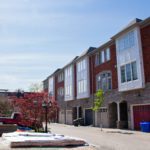
If you live in Toronto, a commitment to approve enough homes to maintain Toronto’s share of GTHA population (1.4 new residents in the City by 2051), and to open “single detached” areas to townhomes, walk-up apartments, corner grocers and pedestrian amenities is the most important environmental litmus test you should apply to your Council and Mayoral candidates. By planning to build far fewer homes inside Toronto neighborhoods than there are households who want to live there, the majority which now controls Toronto’s City Council is quietly colluding with the provincial government to drive sprawl throughout the Greater Toronto Area, forcing people who’d prefer to live in walkable urban neighborhoods into car-dependent, habitat-destroying 905 tract housing. They’ve also kept much of Scarborough, Etobicoke, North York and Northern East York saddled with low densities and segregated uses that make it cost-prohibitive to provide the highest quality public transit and public services. You’re entitled to a Mayor and City Council that will end exclusionary zoning, and approve enough homes for everyone who wants to live here.
A similar overhaul of land use planning policies is also the most important commitment that “environment voters” in every 905 municipality should demand in this October’s Municipal Elections. The 905 must plan to deliver land efficient homes for all the new residents allocated to it up to 2051 under the Growth Plan for the Greater Golden Horseshoe, within the region’s pre-2022 settlement boundaries.
- If you live in Hamilton, Halton or Waterloo (which is actually in the 519 area code, but subject to similar considerations), which have already approved zero or near-zero boundary expansions, it is vital that you elect municipal representatives publicly committed to defending those boundaries against provincial attacks, not just by fighting the province in courts and tribunals, but also by quickly demonstrating that housing demand will be met without boundary expansion. A key part of that is reworking approved low-density development plans, and rezoning existing car-dependent residential subdivisions to create denser complete communities where detached homes are mixed with compact semi-detached homes, townhomes, walk-up apartments and amenities like are encouraged and permitted as of right.
- In Durham, where Regional Council is still considering land speculators’ scheme for a massive settlement boundary expansion, you can save the headwaters of the Carruthers Creek by voting for mayors and councilors committed to scrapping those plans, and accommodating growth by using the vast tracts of unbuilt “greenfield” land Durham has already has more efficiently. Durham should require that pre-2022 “designated greenfield area” be developed at densities no less than 100 people per hectare (typical of walkable semi-detached housing), and reallocate the excess to employment uses.
- Even in regions like York, Simcoe, and Peel, where the majority of incumbent councilors have already submitted reckless boundary expansion requests that would swallow up vast quantities of farmland and natural heritage, it’s still possible to fend off the bulldozers. To do that, you’ll need to elect Mayors and Councilors who reject these plans for sprawl, and who are instead committed to approving housing for all the new residents assigned to your region within the pre-2022 settlement area boundary.
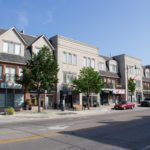
Environmental Defence’s forthcoming Litmus Test for Ottawa’s municipal election will also emphasize the transformation of existing neighborhoods.
We can no longer afford to let politicians pretend that disingenuous calls to protect manicured front lawn “green space” and “protect” residential streets from pedestrian traffic, noisy children, or the sound of public transit are bona fide environmental concerns that weigh against an overhaul of our suburbs.
In this municipal election, it is vital that genuine environmentalists like you use your voices, your votes and your volunteer hours, to push back and elect leaders who’ll rescue our wetlands, farmlands, forests and the climate by making efficient use of the land that we’ve already taken.




